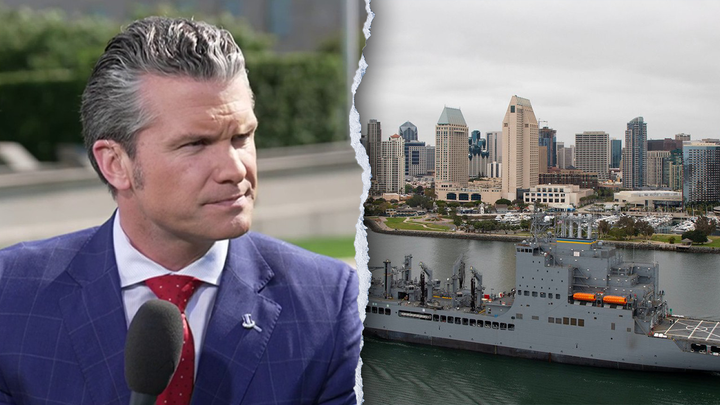
A powerful earthquake off the coast of Istanbul leaves hundreds injured and raises concerns about Turkey’s seismic vulnerability.
On April 23, 2025, a 6.2-magnitude earthquake struck the Sea of Marmara near Istanbul, Turkey, sending shockwaves through the region and prompting widespread panic. The tremor, which lasted 13 seconds, was felt across Istanbul and neighboring provinces, including Tekirdağ, Yalova, Bursa, and Balıkesir . ABC7 New York+1Wikipedia+1
Epicenter and Impact
The earthquake’s epicenter was located approximately 40 kilometers southwest of Istanbul, in the Sea of Marmara, at a depth of 10 kilometers. According to the United States Geological Survey (USGS), the quake was a strike-slip event along the North Anatolian Fault, a major fault line that runs just south of Istanbul . ABC7 New York
tructural Damage and Aftershocks
While no fatalities have been reported, the earthquake caused damage to several buildings. In the historic Fatih district, an abandoned three-story building collapsed, and other structures in Silivri, Büyükçekmece, and Bakırköy experienced partial collapses or roof damage .
Overall, more than 4,200 buildings across the affected regions sustained damage. Wikipedia
Following the initial quake, over 100 aftershocks were recorded, with the strongest measuring 5.9 in magnitude. These aftershocks continued to unsettle residents and complicate rescue and recovery efforts. ABC7 New York
Emergency Response and Sheltering Efforts
In response to the disaster, Turkish authorities mobilized extensive resources. Approximately 3,600 personnel, including rescue teams and medical staff, were deployed to the affected areas.
Temporary shelters were established in parks, schoolyards, and mosques to accommodate displaced residents. The government also announced the closure of schools in Istanbul and Tekirdağ for two days to facilitate recovery operations . ABC7 New York Wikipedia

Seismic Concerns and Future Preparedness
The 2025 Istanbul disaster serves as a stark reminder of the region’s vulnerability to seismic activity. The North Anatolian Fault, which runs just south of Istanbul, is an active strike-slip fault that has been the source of several significant earthquakes in the past.
Seismologists have long warned of the potential for a major earthquake in the Marmara region, and this recent event underscores the need for continued preparedness and mitigation efforts. Wikipedia
In the aftermath of the event, experts are calling for a comprehensive review of building codes and infrastructure resilience in Istanbul and surrounding areas.
Strengthening structures, improving emergency response systems, and educating the public about earthquake preparedness are critical steps to reduce the impact of future seismic events.
Looking Ahead
As the region continues to recover from this significant disaster, the focus remains on providing aid to those affected, assessing the full extent of the damage, and preparing for potential aftershocks.
The 2025 Istanbul earthquake serves as a poignant reminder of the region’s seismic risks and the importance of proactive measures to safeguard lives and property.
For more information and updates on the earthquake and recovery efforts, visit the official website of Turkey’s Disaster and Emergency Management Authority (AFAD): https://www.afad.gov.tr.




